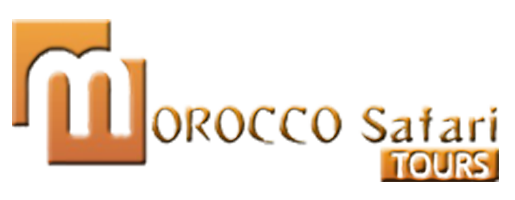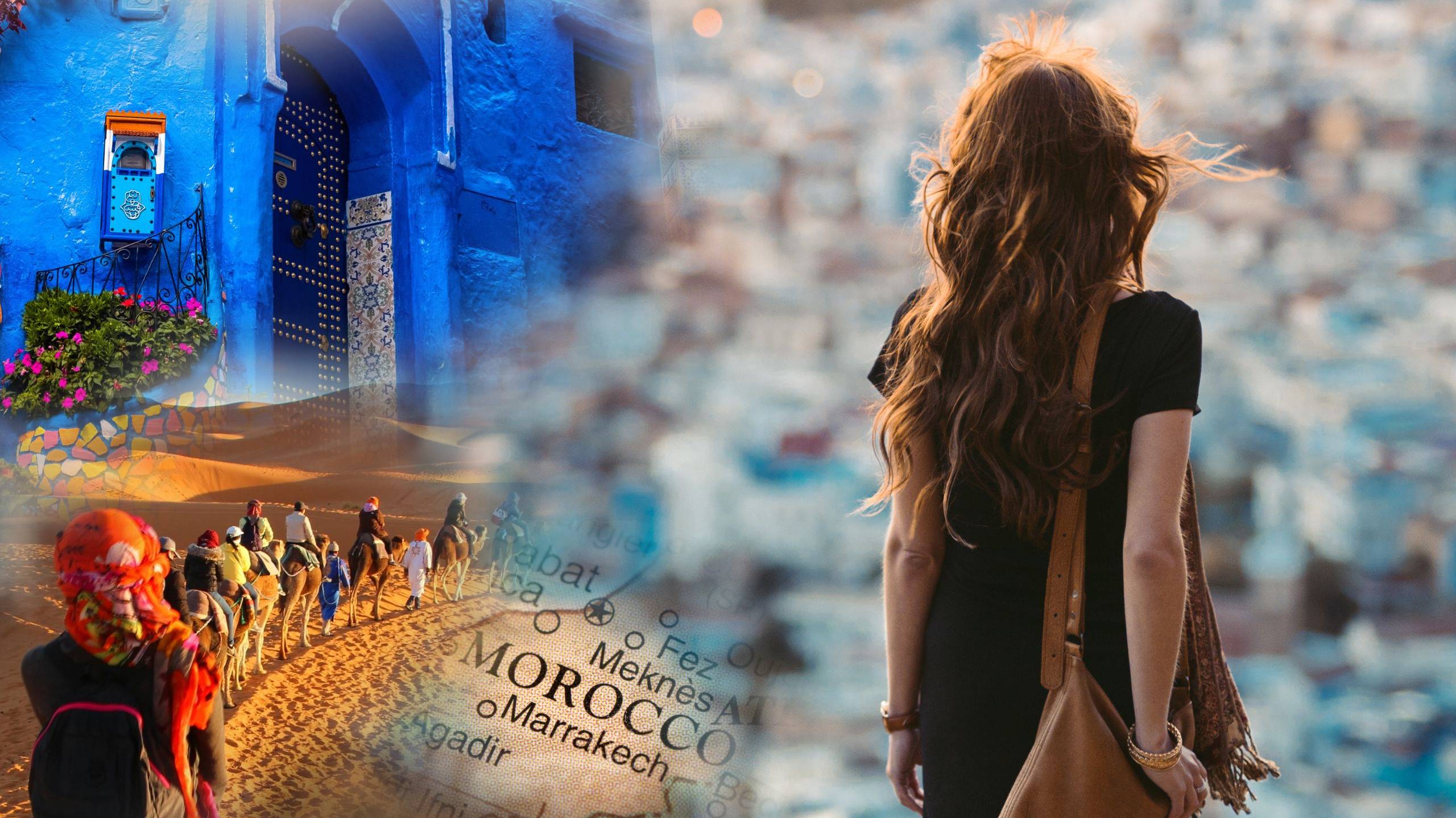History: Morocco has a rich history that dates back to ancient times, influenced by various civilizations including the Berbers, Phoenicians, Romans, and Arabs. It was the site of the ancient kingdom of Mauretania and later became an integral part of the Islamic empire after it was Arabized in the 7th century. Throughout the Middle Ages, Morocco emerged as a major power in North Africa, with dynasties such as the Almoravids and Almohads establishing great cities like Marrakech and Fez, known for their architectural wonders and scholarly contributions. In the 20th century, Morocco became a French and Spanish protectorate, finally gaining independence in 1956, after which it established a constitutional monarchy under King Mohammed V and later his son, Hassan II.
Culture: Moroccan culture is a vibrant tapestry woven from various influences, including Berber, Arab, Jewish, and French elements. Traditional clothing like the djellaba and kaftan reflects this cultural blend, while art manifests through intricate tile work, pottery, and carpets. Festivals such as the Moussem of Tan Tan and the Marrakech International Film Festival celebrate Moroccan heritage and showcase its artistic contributions. Music ranges from the soulful sounds of Gnawa to the uplifting rhythms of Rai, highlighting the diverse cultural expressions in the country.
Religion: Islam is the predominant religion in Morocco, with around 99% of the population being Muslim, primarily adhering to the Sunni tradition of Islam. Religion plays a significant role in daily life, influencing social customs, festivals, and laws. The country hosts numerous mosques, such as the iconic Hassan II Mosque in Casablanca, a symbol of Moroccan Islamic architecture. While Islam is state religion, Morocco also has a history of religious tolerance, with Jewish communities existing since ancient times and still contributing to the cultural fabric.
Population: As of 2023, Morocco’s population is estimated to be around 37 million people, comprising a cultural mosaic with the majority being Arab-Berber and a small percentage of Jewish and other ethnic communities. The population is predominantly urban, with cities like Casablanca, Marrakech, and Rabat being the most populated. The demographics show a youthful population, with a significant percentage under the age of 30, contributing to a dynamic society.
Tourism: Tourism is a vital sector in Morocco’s economy, attracting millions of visitors drawn by its rich history, diverse landscapes, and vibrant culture. From the bustling souks of Marrakech to the serenity of the Sahara Desert, Morocco offers a mix of experiences that cater to adventure seekers, cultural enthusiasts, and relaxation tourists. UNESCO World Heritage Sites such as the historic city of Fez and the Roman ruins of Volubilis showcase the country’s cultural treasures, while coastal cities like Essaouira provide beautiful beaches and a relaxed atmosphere.
Agriculture: Agriculture plays a crucial role in Morocco’s economy, employing a significant portion of the workforce. The country has a varied climate that allows for the cultivation of crops such as olives, citrus fruits, figs, and vegetables. The fertile regions of the Atlantic coast are particularly well-suited for farming, while the Rif and Atlas mountains are known for their production of high-quality herbs and saffron. However, agriculture is often impacted by droughts, leading to a growing emphasis on sustainable practices and water management.
Money: The currency of Morocco is the Moroccan dirham (MAD). The economy has seen growth in tourism, agriculture, and remittances from Moroccans living abroad, helping to stabilize the currency. Economic measures have also been implemented to improve investment climates and boost industry, with the government focusing on diversifying its economy beyond traditional sectors.
Language: Arabic is the official language of Morocco, with Modern Standard Arabic used in formal settings, while Moroccan Arabic (Darija) is widely spoken in everyday conversation. Berber languages (Tamazight) are also recognized and spoken by various Berber communities. French is used extensively in business, government, and higher education, serving as a bridge language in many sectors and indicative of Morocco’s historical ties with France.
Cuisine: Moroccan cuisine is a reflection of the country’s diverse cultural influences, known for its bold flavors, rich spices, and intricate cooking methods. Signature dishes such as tagine—a slow-cooked stew—and couscous are staples, often made with seasonal vegetables and meats. Spices like saffron, cumin, and cinnamon play a central role, while pastries such as baklava and mint tea epitomize Moroccan hospitality. Street food culture thrives in bustling markets, offering an array of delicacies that mirror the vibrant culinary landscape.


